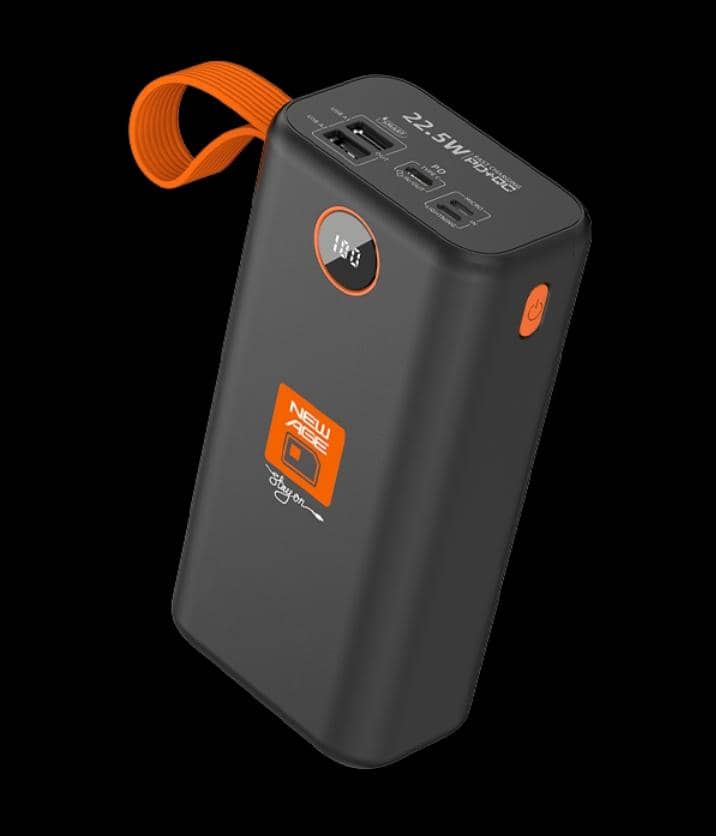Power banks have become indispensable tools for modern technology users, enabling them to charge devices on the go. The concept of portable charging emerged around 2001, when a group of students showcased a prototype using AA batteries at the Las Vegas Consumer Electronics Show. However, no single inventor is credited with the creation of the power bank as we know it today.
Instead, multiple companies and innovators contributed to its development over the years.
Pisen, a Chinese company, claims to have invented the first commercial power bank in 2004, designed for an Antarctic expedition team that required a reliable power source for their equipment. This “Mini Power Bank” marked a significant advancement in portable charging technology. As smartphones gained popularity in the late 2000s, the demand for power banks surged, leading to a rapid evolution in design and functionality.
Modern power banks now boast features such as fast charging, wireless capabilities, and safety mechanisms to prevent overheating and overcharging. Innovations like solar-powered chargers and multi-device compatibility have further enhanced their utility.
These advancements not only cater to the needs of everyday users but also address specific requirements for outdoor enthusiasts and travelers.
The market for power banks has expanded dramatically, with countless brands offering diverse options. This competition has driven continuous improvements in battery technology, leading to higher capacities and more efficient charging solutions.
Today’s power banks can charge everything from smartphones to laptops, making them essential accessories for anyone reliant on portable electronics.
As technology continues to advance, the future of power banks looks promising. Emerging trends include AI integration for smarter charging solutions and eco-friendly designs that minimize environmental impact.
With ongoing innovations, power banks will likely evolve further, solidifying their role as vital components in our increasingly mobile lives.

